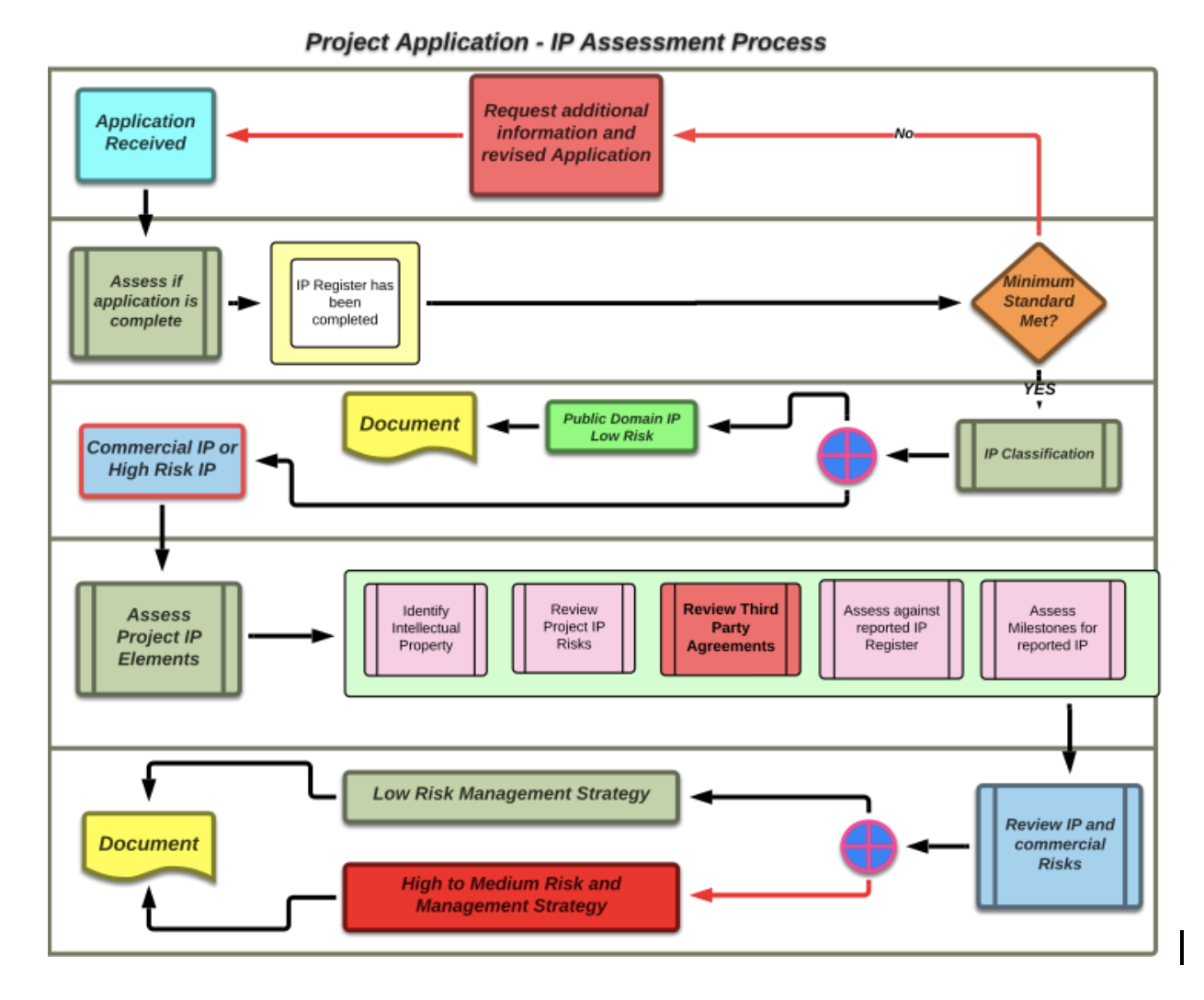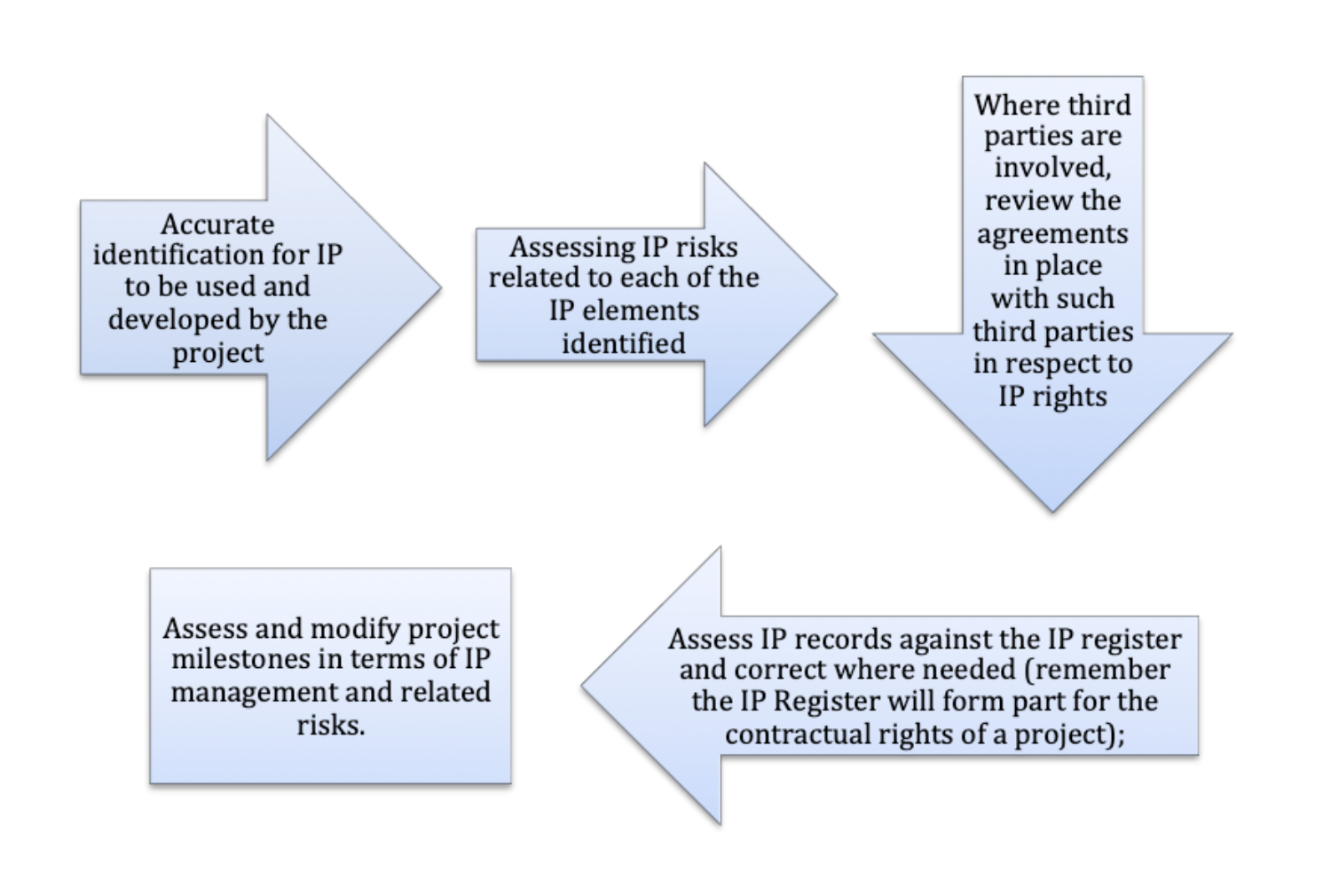Technology Readiness and IP Protection

In recent years, Innovation Maturity has become an important factor when evaluating a technology or research (R&D) investment. As discussed in a previous post How ready are you?, we evaluated how to use Technology Readiness Level (TRLs) and Commercial Readiness Level (CRL) for your technology or project. Many challenges still remain in both theory and practise which demands an improved managerial approach to technology and R&D project management.
Mapping out TRLs and CRLs helps to understand the innovation and associated risks in a more detailed manner. Outlining the progression level and understanding the stage of technology development helps researchers, entrepreneurs and project managers to identify risk and hurdles that have to be overcome when developing a new technology or product.
Understanding of TRL and CRL not only allows you to assess the stage of maturity of a technology but also helps to understand when is the best time to consider intellectual property (IP) protection. Making decisions regarding IP protection should not be considered lightly. While patent protection can provide a highly valuable intangible asset, it can also be a costly process particularly when seeking international protection.
Table 1 provides a concise description of both general TRLs and CRLs that may be used when developing a technology or product. There are nine levels for both TRLs and CRLs. Level 1 is basically identification of the market problem to be solved and a concept or idea to solve such a problem. Level 9 is the final commercial development and release of a product in the market. Clear goals and milestones should be established in progressing across each TRL and CRL. Validation of CRLs will help drive changes to product development and need to be considered at the same time as technical milestones.
Making decisions about IP protection based on TRLs alone can lead to major challenges and delays in achieving commercial success. While many research teams are heavy focus on technical outcomes, it is critical that they include staff with strong commercial expertise in assessing markets and the value for a technology or product in that market.


Decisions regarding IP protection should be considered against both TRL and CRL rankings.
“To create value for IP, ideally, IP protection should only be considered where a product has reached TRL and CRL levels 6.”
It is necessary to diversify patent protection and understands the risk involved in protecting the patent. This will help to make necessary changes while advancing technology development and secure a patent right.
The IP review process helps to identify and categorise the technology-related IPs. In managing IP by exception, it is first important to identify the IP to be developed from a project and the potential commercial value of the IP. If the project will develop IP of commercial value, then an additional review of the IP risks is required.
If a potential IP is generated from the project then project assessment is required which will outline the risk involved in generating the IP. The key steps in the process include:

Once the risks are identified, it is important to understand the factors to be considered in IP risk management. Assessing the likelihood and consequences of the factors from marginal to major, one can successfully outline the risks involved in developing IP. The following factors can be considered for IP risk management.:
- Ownership and income share agreement developed?
- Commercial use of background IP in place?
- Is a student or third party agreement established?
- Are Third Party conditions on use and impact of options for commercialization and/or release of project outcomes, publications developed?
- Is IP policy for managing IP with staff/students well established?
- Has project confidentiality agreement well outlined for use of promotions of outcomes and publications?
- Is data use right agreement established between parties?
- Are risks to commercial freedom to operate clear?
Where the likelihood and consequences of risk are assessed as being moderate to high, a decision should be made to either delay the start date of the project or to develop specific stop/go milestones within the project to manage the identified IP risks.
Innovation and Invention is not the same thing. True innovation creates market value. Protect your invention and turn it to innovation by assessing the risk involved and developing the IP to generate value. At IP Active we believe in innovation and generating value. Contact the team at IP Active to understand and evaluate the IP protection better.
